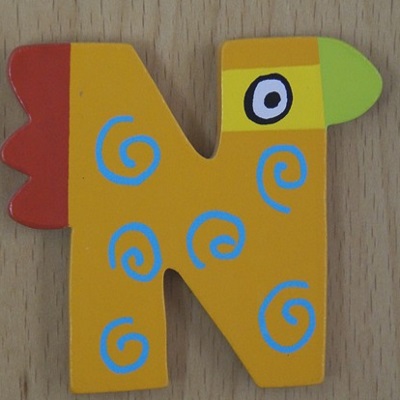 The education provided at a Waldorf school is child focused and intended to promote creativity, critical thinking and community involvement. Further, Waldorf educators say there is no bullying in their programs. What makes the Waldorf system different from conventional programs?
The education provided at a Waldorf school is child focused and intended to promote creativity, critical thinking and community involvement. Further, Waldorf educators say there is no bullying in their programs. What makes the Waldorf system different from conventional programs?
Waldorf Education is founded on the principles presented by the Austrian thinker Rudolf Steiner (1861-1925). After World War I, Germany was devastated and on the brink of chaos, so Steiner promoted an educational system that would teach the whole child, body, mind and soul.
The owner of the Waldorf Astoria cigarette factory in Stuttgart, Germany was interested in these ideas and asked Steiner to teach the children of his employees. Steiner agreed on four conditions, namely that the school would be open to all students, coeducational, a 12-year program, and lastly, the teachers would make the major decisions about the school without state interference. Although these ideas were radical at the time, the cigarette factory owner agreed. In September 1919, the independent Waldorf School began and 95 years later there are schools all over the world, including Canada and the United States.
The Waldorf curriculum is divided into three sections. Early childhood accepts children up to their seventh birthday and concentrates on hands-on activities and creative play. Elementary school is from seven to 14 years and slowly introduces a more academic program while maintaining an emphasis on artistic expression in various forms. The third section includes students from age 14 and builds on the strengths of the preschool and elementary curriculum.
When a child turns seven and enters elementary school, the Waldorf system has a structured way of moving from free play and expression to more academic lessons. The main change is that the child is now ready to learn to read. The alphabet is introduced slowly with a lot of attention paid to each letter. Pictures are drawn incorporating the letter and words are presented that begin with the letter. For example, the letter “B†can be decorated to look like a butterfly or a bumble bee. The letter chosen is at the discretion of the pupils rather than in a predetermined order. The emphasis for literature is promoted through storytelling and performances given by the pupils.
When numbers are introduced, there are many activities to incorporate that specific number. The concepts of addition and subtraction are taught when the child is ready. This system works well in a small classroom where children can learn at their own speed and feel confident in their abilities.
Teachers stay with child throughout elementary school getting to know the child well and presenting a positive role model. When conflicts arise between pupils, there is time to help resolve the issue before moving on. This approach helps reduce bullying.
The lack of technology in the classroom means the children have fewer distractions and more time to be creative and engage in direct personal interaction. Developing positive social skills will be helpful throughout their life.
The Waldorf system promotes creativity and self-confidence. Is it suitable for your child?










